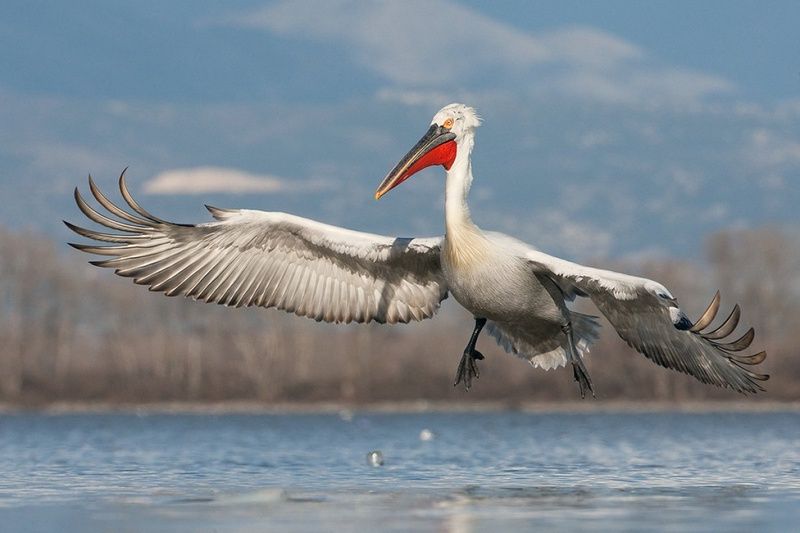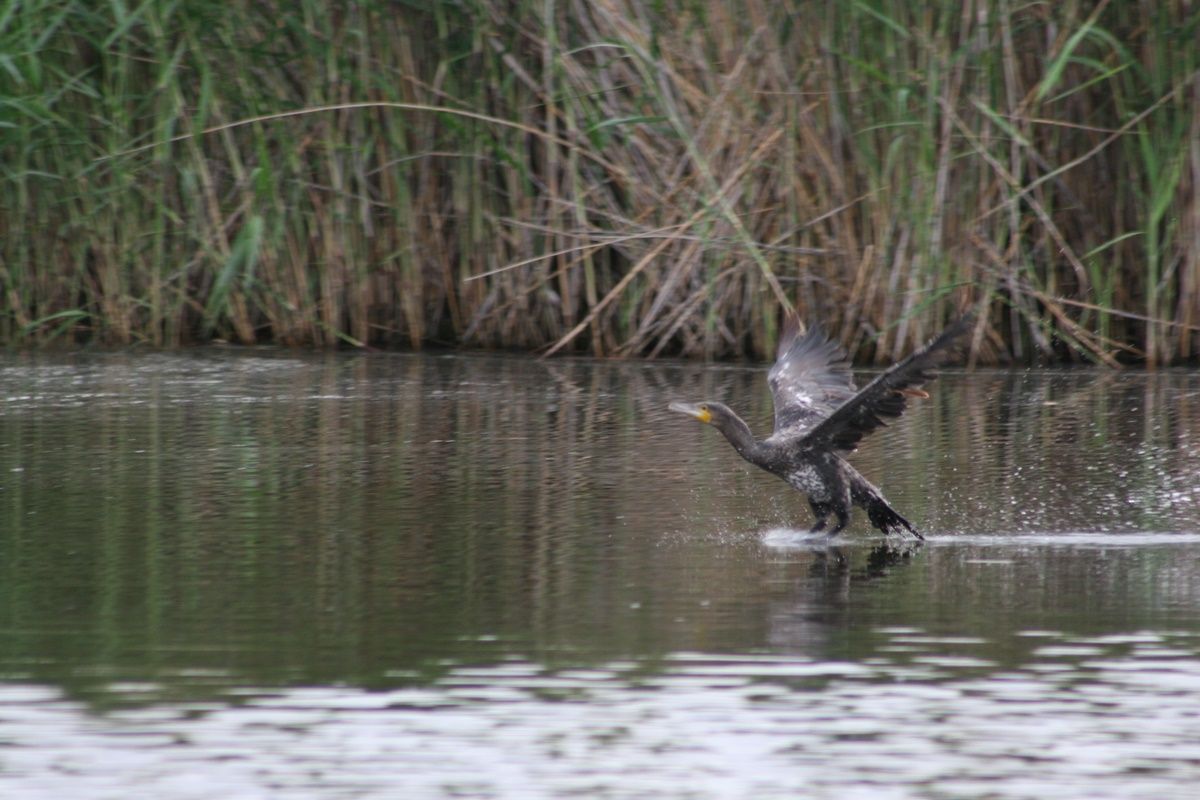ASTANA – The Akzhayik State Nature Reserve is becoming a popular tourist destination in the Atyrau Region located on the territory of 341,000 hectares in the delta of the Zhaiyk (Ural) River and the coast of the Caspian Sea, according to the Kazinform news agency.
Established in 2009, Akzhayik is abundant in a wide variety of animals and plants. Millions of birds, including rare animals such as curly pelicans and ducks, geese and flamingos, eagles and herons, inhabit this area.
The reserve is a bird paradise, as the Siberian-Eastern-African migration route of migratory birds passes through its territory.
“During this annual migration, around ten million waders, five million ducks, around two million Eurasian coots and 35,000 flamingos pass through here. The reserve supports a large number of rare species of aquatic and semi-aquatic birds, some of which breed here,” said Ilya Bofonov, a researcher at the nature reserve.

Curly pelican. Photo credit: Archive of the reserve Akzhayik.
Twenty-six of the 292 bird species that nest or migrate in the nature reserve are listed in Kazakhstan’s Red Book. But there is much more that one can find in the reserve than just birds.
“Three very rare plant species can be found in our reserve – salvinia natans, Schrenk’s tulips and water caltrop, more known as chilim. In total, there are 229 species of plants belonging to 141 genera and 56 families growing in the biosphere of the reserve, of which seven are relict and four are rare and specially protected. Twenty-three species of plants represent the aquatic flora. The main plant communities are represented by six types: desert, meadow, marsh, forest, shrub, and submersible water,” said the reserve’s employee Laura Balgimbayeva.

Cormorant. Photo credit: Archive of the reserve Akzhayik.
These places used to be famous for their huge shoals of beluga, sturgeons, barbel and sterlet. Few of them, however, are left in the sea and few come to the Ural for spawning. The number of Caspian seals is also declining.
In April of 2009, the territory of the Ural River Delta and the adjacent coast of the Caspian Sea was included in the list of Ramsar Wetlands of International Importance, provided by the Ramsar Convention, an international treaty for the conservation and sustainable use of wetlands.

Shalyga island – the nesting place of large bird colonies: the Red Book Palla’s gull and curly pelican. Photo credit: inform.kz.
“It became Kazakhstan’s second territory after the Tengiz-Korgalzhyn system of lakes to be included in this list. In 2014, the reserve joined the United Nations Educational, Scientific and Cultural Organization (UNESCO) World Network of Biosphere Reserves. Therefore, people’s desire to get to these unique places, admire nature and take photos is understandable. In recent years we have developed several routes for tourists – both by land and by boat on the water.”
World of the Steppe, a 34 kilometer long hiking route, goes through the village of Yerkinkala. On the way, tourists visit a garden plot, a yurt town and an observation tower. On this route, tourists can also admire the natural phenomena called “nagon” that is common to the Caspian Sea region when the water flow abruptly changes.
The Water World route with a length of 64 kilometers lies from Atyrau to the Peshnoy Peninsula and also has access to the Caspian Sea. The route runs through the Water Maze recreational area, where there are picturesque landscapes and islands of reeds.



